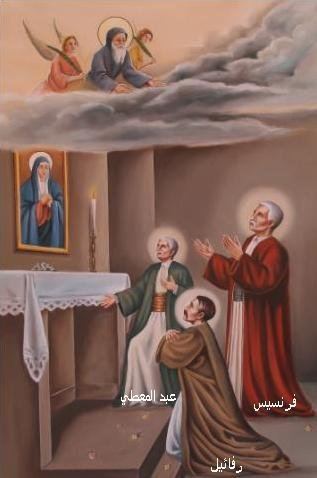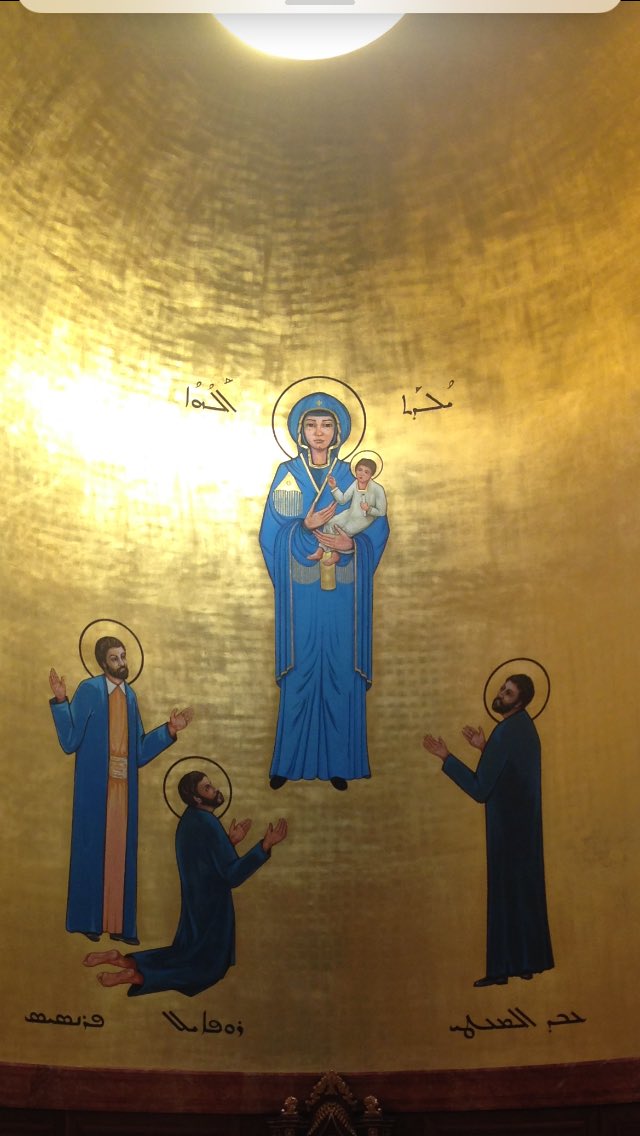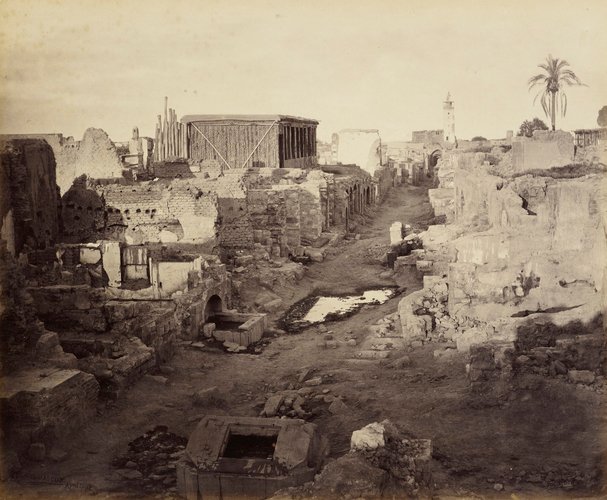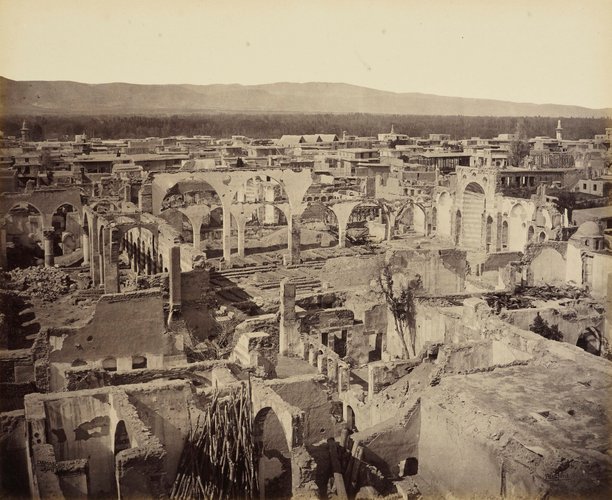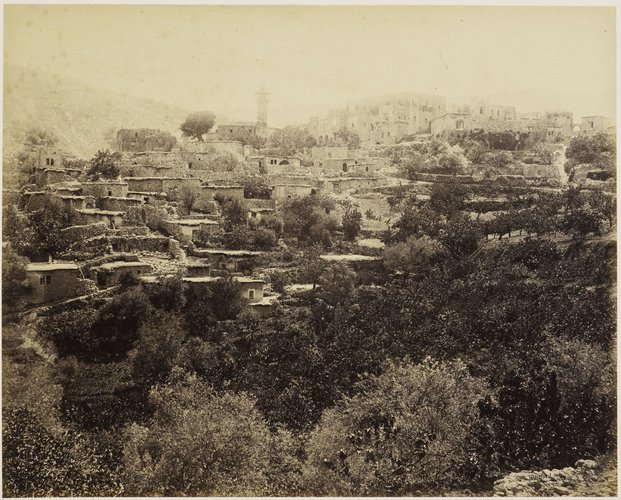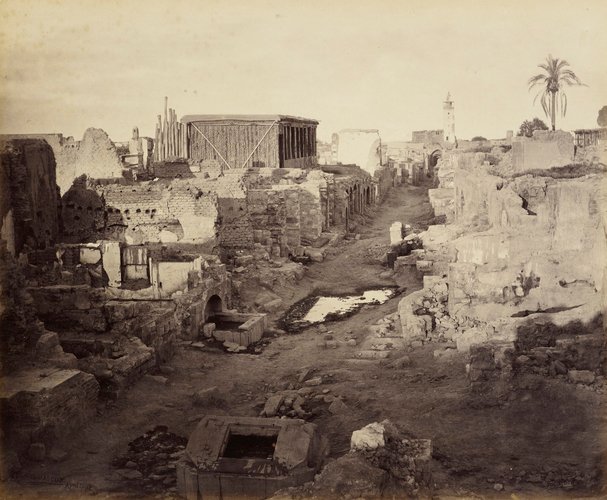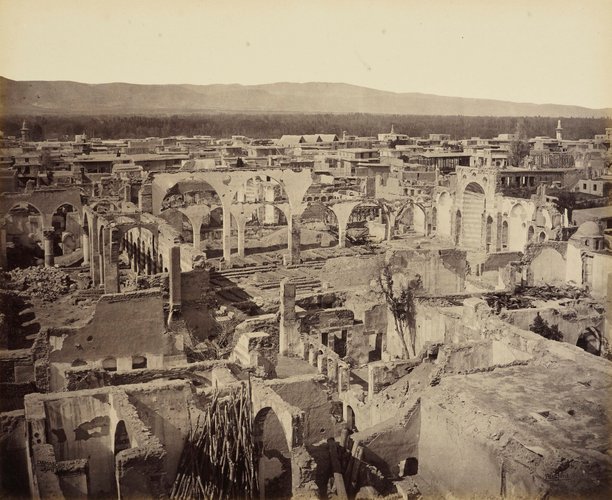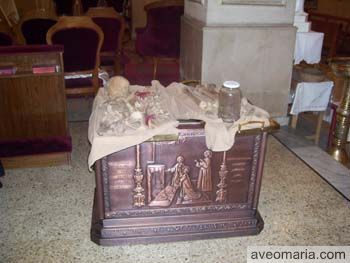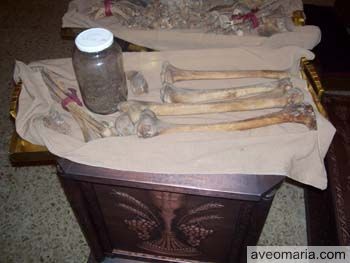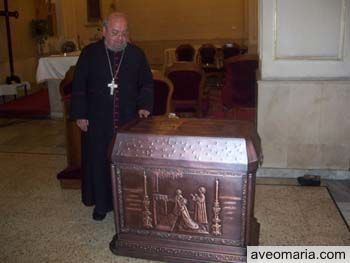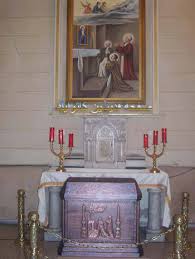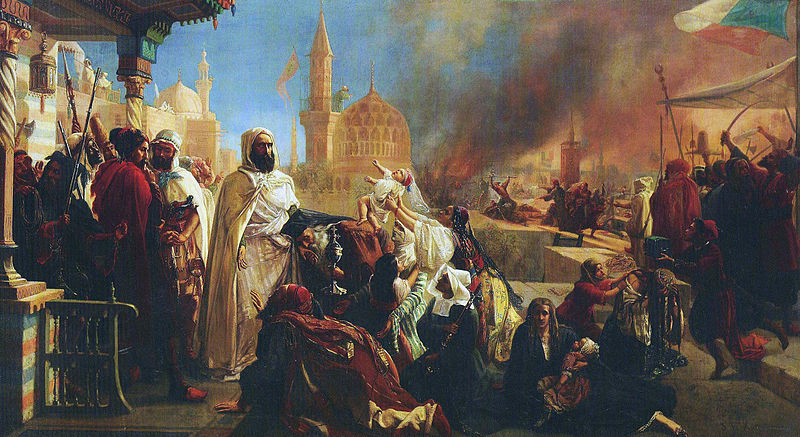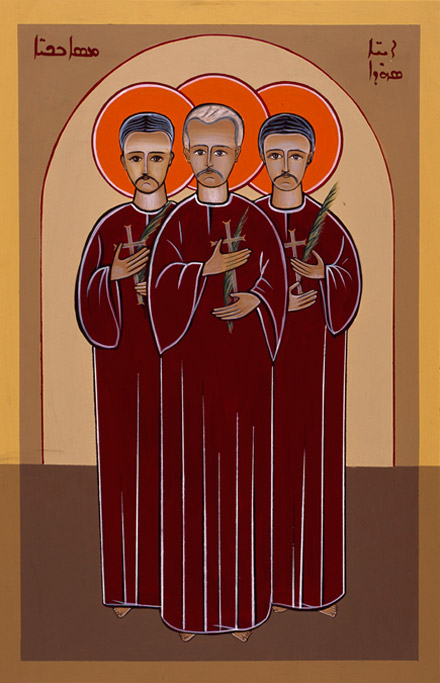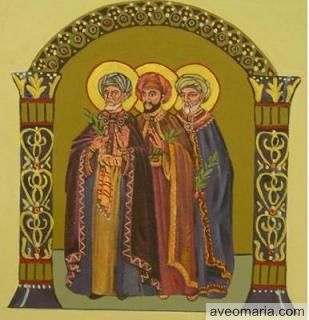1/ Today is the feast of the Masābkī brothers of #Damascus (ʿAbd al-Muʿṭī, Francis, and Raphael), Maronite martyrs who died during the sectarian bloodshed of 1860
They are an interesting window into an extremely important moment in modern Middle Eastern history #Syria #Lebanon
They are an interesting window into an extremely important moment in modern Middle Eastern history #Syria #Lebanon
2/ The mid-19th century witnessed an increase in violence against Christians across the Levant, which was then under the control of the Ottoman Empire. This owed partly to the famous reforms known as the Tanẓīmāt, which extended legal equality to non-Muslims for the first time
3/ It also owed to the expansion of European political power in the Levant (in which Christians often served as middle-men for foreign powers) and the increasing incorporation of the region into the world economy
4/ These events heightened tensions between Muslims and Christians, which exploded dramatically in a war between the Druzes and Maronites of Mount Lebanon. Thousands were killed (below, Ḥāṣbayā, scene of a massacre)
5/ The violence then spread to Damascus, where Muslim mobs, with the support of the Ottoman authorities, ransacked the historic Christian quarter. Homes were looted, women were raped, and by the end of the fighting, the neighborhood lay in ruins. Thousands were killed
6/ This is the context for the martyrdom of the Masābkī brothers, who were murdered in the Franciscan church of Damascus after allegedly refusing to convert to Islam. Their relics are still there, and their cult remains popular among Christians in the city
7/ It's important to say that many Muslims opposed the bloodshed. The most famous was the Algerian anti-colonial revolutionary ʿAbd al-Qādir al-Jazāʾirī, then resident in Damascus, who sheltered Christians in his home (a painting by Jan-Baptist Huysmans, 1861)
8/ Historians of the modern Middle East remember 1860 as an important watershed, when old religious tensions combined with new political realities to create a new sectarian culture in the region
9/ The cult of the Masābkī brothers shows how memories of the trauma live on among Syrian and Lebanese Christians, and the long shadow still cast by the events of 1860.
Syria is now in the grips of another sectarian war, making it ever more important to understand 1860
Syria is now in the grips of another sectarian war, making it ever more important to understand 1860
10/ If you want to read more about 1860, see this famous article by my colleague at Oxford Eugene Rogan:
"Sectarianism and Social Conflict in Damascus: The 1860 Events Reconsidered," Arabica (2004)
https://www.jstor.org/stable/27667683?seq=1#metadata_info_tab_contents
"Sectarianism and Social Conflict in Damascus: The 1860 Events Reconsidered," Arabica (2004)
https://www.jstor.org/stable/27667683?seq=1#metadata_info_tab_contents
11/ A classic book on the emergence of sectarianism in the 19th century is @UssamaMakdisi's The Culture of Sectarianism: Community, History, and Violence in Nineteenth-Century Ottoman Lebanon (2000) https://www.amazon.co.uk/Culture-Sectarianism-Community-Violence-Nineteenth-Century/dp/0520218469
12/ I write about the Masābkī brothers and the long history of religious conflict in Syria in my book, Among the Ruins: Syria Past and Present (2014)
https://www.amazon.co.uk/Among-Ruins-Syria-Past-Present/dp/1849044007
https://www.amazon.co.uk/Among-Ruins-Syria-Past-Present/dp/1849044007
13/ Above, various devotional images of the Masābkī brothers (some with Syriac legends); a chapel from the Maronite cathedral in Beirut (in gold); and images of their relics from Damascus
14/ Photographs by Francis Bedford, who visited Lebanon and Syria shortly after the violence of 1860 https://www.rct.uk/collection/themes/exhibitions/cairo-to-constantinople/the-queens-gallery-palace-of-holyroodhouse/the-druze-maronite-massacre-of-1860
15/ A short video about the lives of the Masābkī brothers in Arabic, released today by the Maronite archdiocese of Beirut:

 Read on Twitter
Read on Twitter